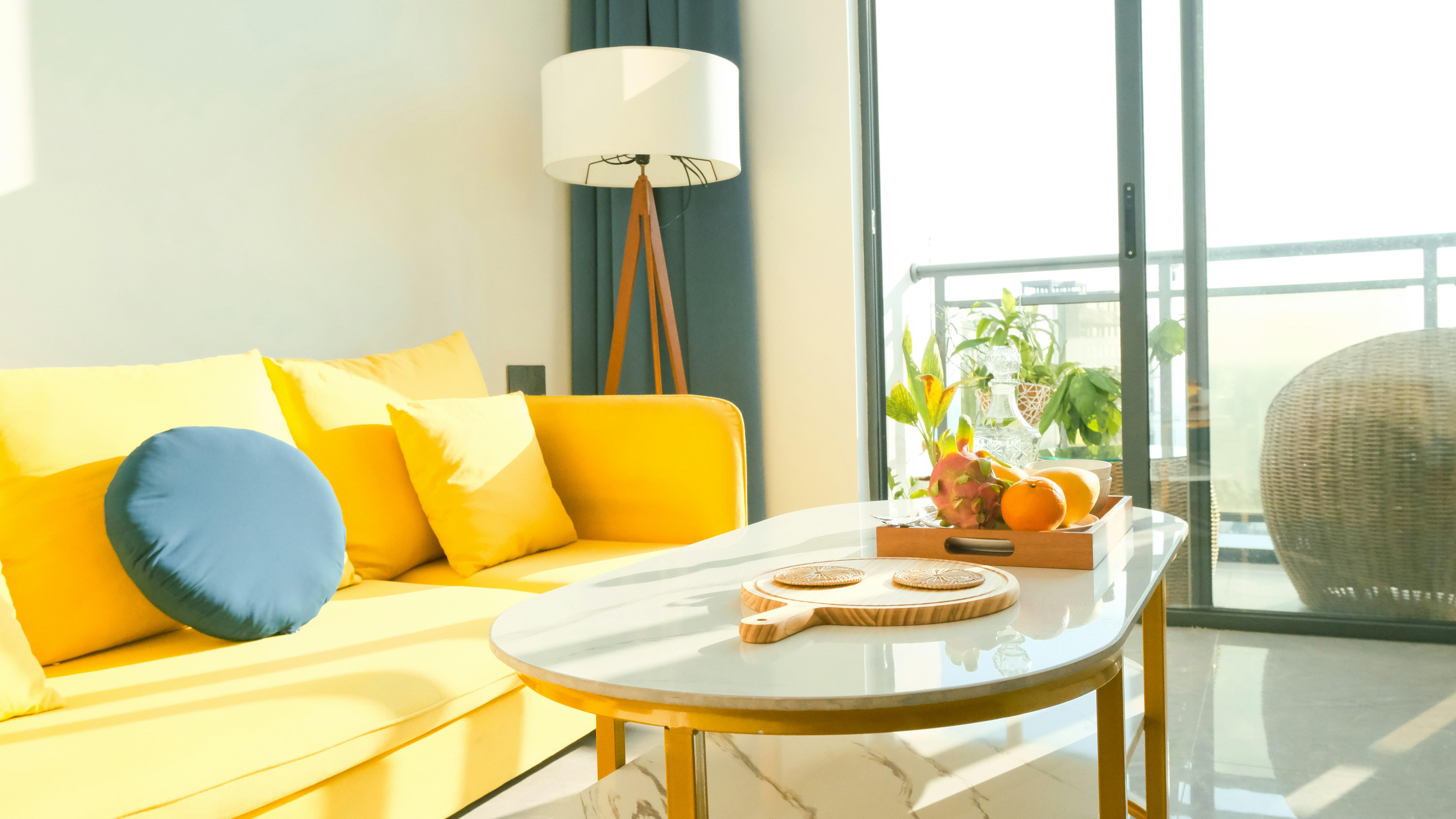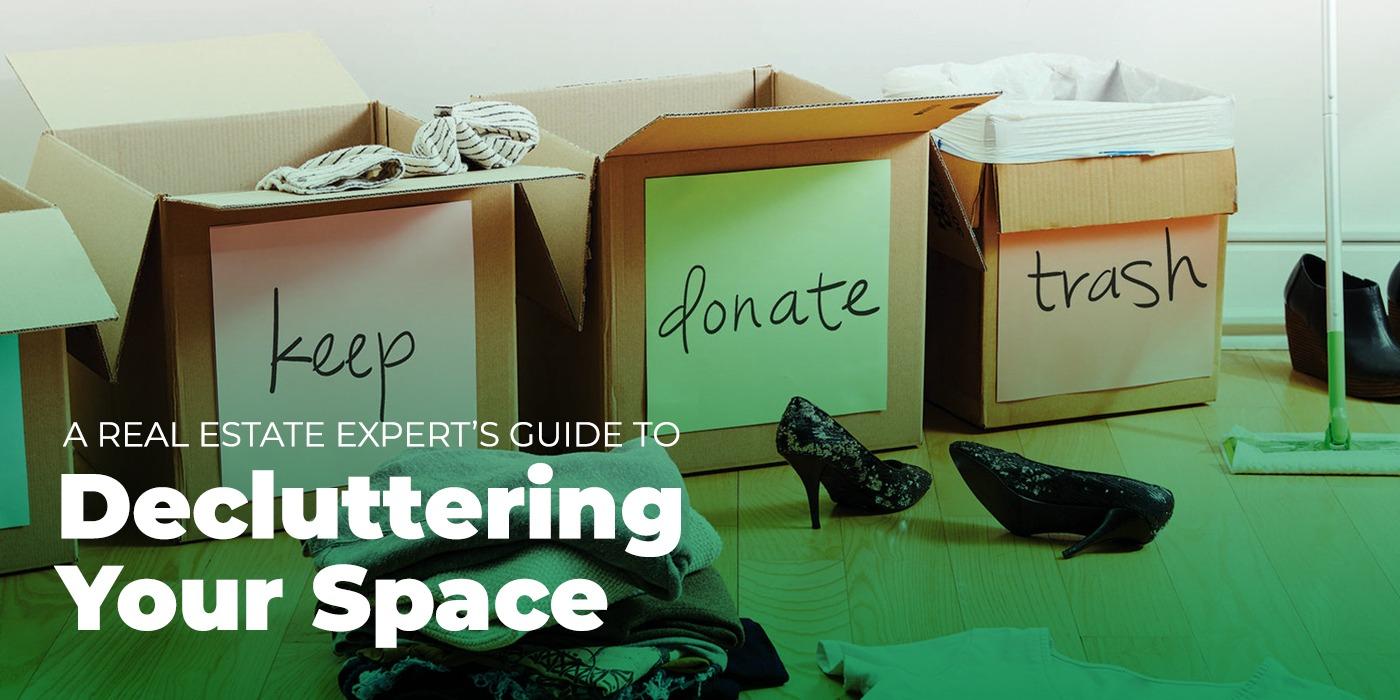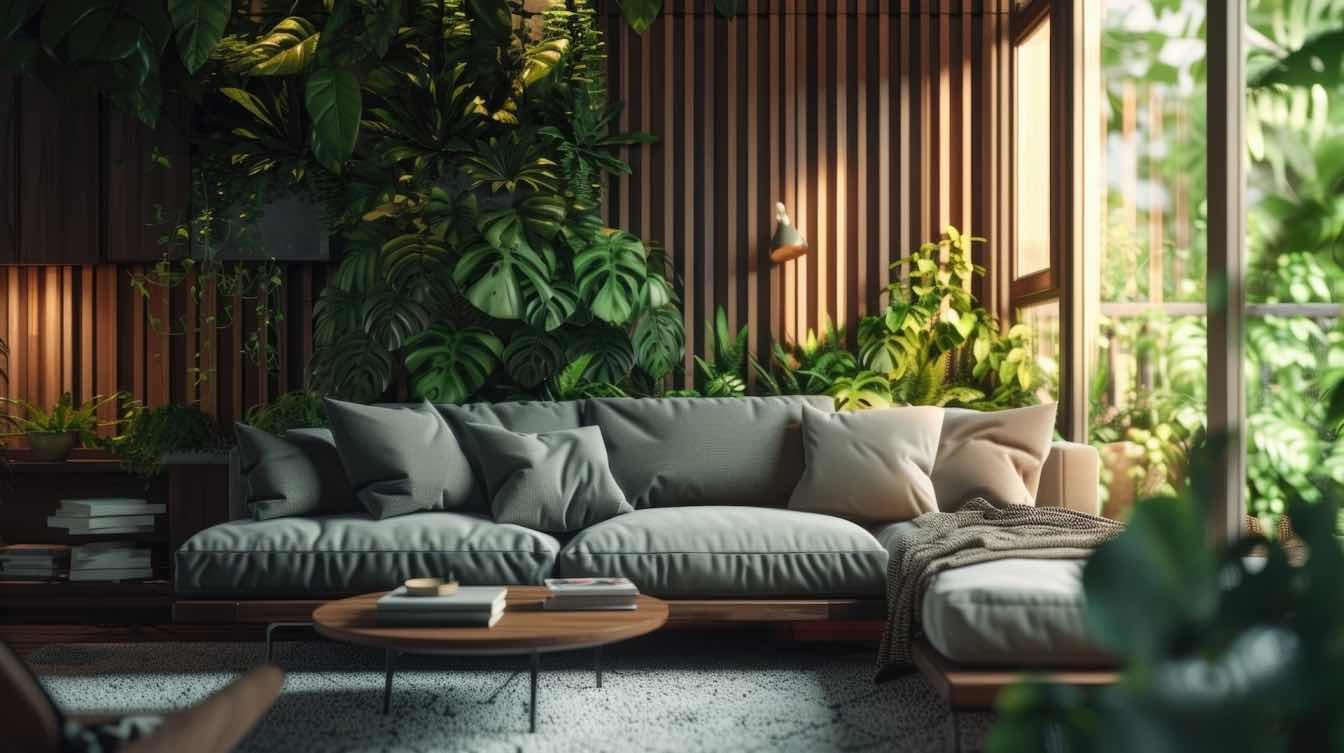In a world increasingly obsessed with minimalism, the allure of a clutter-free space has captured the imagination of many. The idea of pristine countertops, immaculate floors, and perfectly organized closets promises a life of simplicity and tranquility. Yet, beneath the surface of this tidy ideal lies a complex debate. Is the pursuit of a completely clutter-free environment a universal aspiration or an unrealistic expectation? As we delve into the psychology of space, the influence of aesthetics, and the nuances of personal preference, this article seeks to unravel whether a clutter-free existence is a sanctuary of serenity or simply another trend that may not suit all. Join us as we explore the multifaceted relationship between our living spaces and our well-being, questioning if a life devoid of clutter is truly the key to happiness.
The Psychology Behind Clutter-Free Living
Understanding the mental intricacies of maintaining a space devoid of unnecessary items reveals fascinating insights into human behavior. A clutter-free environment can lead to a sense of calm and control, fostering a mindset of clarity. Research suggests that a tidy space can reduce stress and anxiety, allowing individuals to focus better and feel more in command of their surroundings. For some, the act of decluttering itself is therapeutic, providing a tangible way to exert influence over one’s life.
Several psychological benefits can be linked to living with minimal clutter, including:
- Enhanced Concentration: A clear space often leads to a clear mind, helping to improve focus and productivity.
- Emotional Well-being: Reducing physical clutter can also alleviate emotional baggage, promoting a sense of peace.
- Improved Decision-Making: With fewer distractions, individuals can make decisions more effectively and efficiently.
While the idea of a completely clutter-free space might seem appealing, it’s important to acknowledge that each person’s threshold for clutter is unique. The psychology of clutter-free living isn’t about achieving a perfect state but finding a balance that aligns with personal well-being and lifestyle needs.
 Minimalism and Personal Expression“>
Minimalism and Personal Expression“>
Balancing Minimalism and Personal Expression
Striking a harmonious balance between minimalism and personal expression can be likened to crafting a symphony where every note is carefully chosen to create a resonant masterpiece. While the allure of a clutter-free space speaks to the minimalist’s soul, advocating for simplicity and serenity, it doesn’t have to come at the expense of individuality. Personal expression can be seamlessly woven into minimalist decor through intentional design choices that reflect one’s personality without overwhelming the senses.
- Curate with Care: Select a few meaningful items that evoke joy and serve as a focal point in your space.
- Color with Restraint: Utilize a limited palette, introducing pops of color through art or textiles to add warmth and character.
- Textures Tell Stories: Incorporate diverse textures to add depth and interest while maintaining a minimalist aesthetic.
- Function Meets Form: Choose functional pieces that also serve as expressions of personal style, like a unique chair or an artisanal lamp.
By embracing these principles, individuals can enjoy the tranquility of minimalism while still cherishing the elements that make their space uniquely theirs. The key is not in eliminating possessions but in discerning what truly matters, allowing both minimalism and personal expression to coexist beautifully.
 Decluttering Your Space”>
Decluttering Your Space”>
Practical Tips for Decluttering Your Space
Transforming your home into a more organized haven doesn’t necessarily mean stripping it bare. Here are some practical tips to help you achieve a balanced and personalized decluttering process:
- Set Clear Goals: Decide on the purpose of each room. Understanding the function of your space can guide what stays and what goes.
- Start Small: Focus on one area at a time, like a single drawer or a corner of a room, to avoid feeling overwhelmed.
- Sort and Categorize: Use the “keep, donate, or discard” method. Be honest about what you truly need and use.
- Organize Thoughtfully: Invest in storage solutions that complement your style and maximize your space.
- Maintain Regularly: Schedule routine checks to ensure clutter doesn’t creep back in, keeping your space fresh and functional.
Remember, the goal is to create a space that works for you, not against you. Embrace the process, and let your home reflect your personal style and needs.

Assessing the Impact of a Clutter-Free Environment
In exploring the dynamics of a clutter-free environment, several facets come into play that might influence both mental and physical well-being. Aesthetic Appeal: A tidy space often provides a visually appealing environment that can enhance mood and foster creativity. Mental Clarity: By minimizing distractions, individuals may find it easier to focus and experience reduced stress levels. However, the implications of a clutter-free environment aren’t universally positive. Some people thrive in a bit of chaos, finding inspiration in their collections of items and feeling more at home in a space that reflects their personality.
- Increased Productivity: A clean workspace can lead to improved concentration and efficiency.
- Enhanced Relaxation: Minimalism can promote a sense of calm and relaxation, making it easier to unwind.
- Identity Expression: For some, clutter can be a form of self-expression, showcasing their interests and memories.
Ultimately, the impact of a clutter-free environment is subjective, and individuals should consider what environment best supports their lifestyle and personal preferences. Whether it’s embracing minimalism or cherishing a curated collection of beloved items, the key lies in creating a space that feels right for you.
